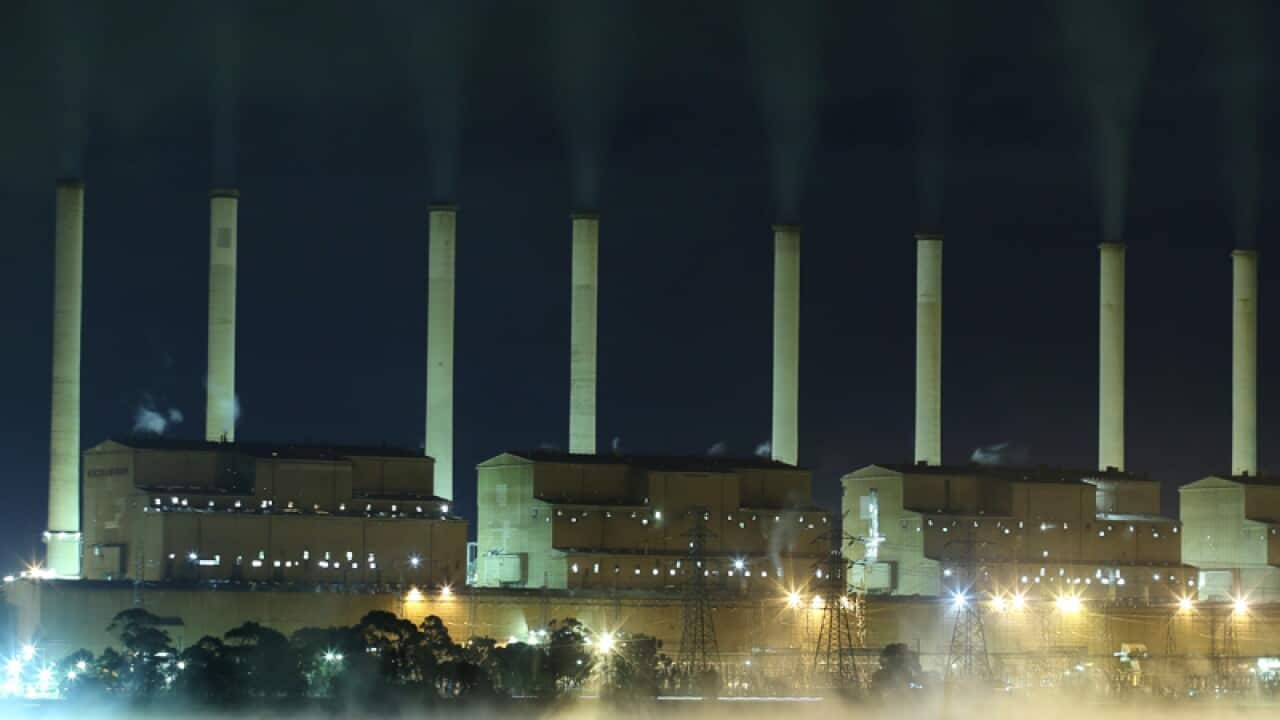Since the 1990s, manufacturing employment around Australia has , with South Australia and Victoria feeling job losses the most.
Only two months in and already 2017 has been a rollercoaster of closures and bail outs for Victoria’s industrial sector. announced its closure in January; in Portland was saved from a near-closure with a four-year power supply deal; and – Australia’s largest hardwood processor – still waits for a response to their request for $40 million in state government funding.
But the next closure that Victoria is bracing itself for is Hazelwood Power Station; one of three large brown coal power generators in the Latrobe Valley.
While it’s Australia’s - and one of the country’s oldest - power stations, Hazelwood is a significant piece of infrastructure that provides up to 25 per cent of the state’s electricity requirements, and injects around $100 million into the local community through wages.
For families like the Van Eyks the closure of Hazelwood means multiple generations will be out of work from March 31.
“I was gutted … Everyone was just silent. It was just, yeah, everyone was dumbfounded, yeah,” said John Van Eyk, who was present for the closure announcement with his son and co-worker, Nic. John and wife Connie joined a , airing tomorrow night, to discuss the impact of the closure on the local community.
Intergenerational employment in the power industry is not uncommon in the Latrobe Valley. John Pettigrew works with his father at Loy Yang A power station, owned by AGL.
“We’ve been there for three generations,” the final year apprentice told Insight. While John’s apprenticeship will not be directly affected by the closure of Hazelwood, he’s well aware that local job prospects are now even slimmer.
“I’ll be extremely disappointed if I have to move away from the Valley … We’re all here, we’ve always been here.”
I’ll be extremely disappointed if I have to move away from the Valley … We’re all here, we’ve always been here.
Hazelwood Power Station was first opened in November 1964. The plant’s majority, Engie, have explained that aging infrastructure as well as shifting market conditions meant keeping the 52 year power generator running was no longer an option.
“Globally the world is moving away from brown coal,” explained Lauren Carey, External Communications Manager at Engie.
“Manufacturing has declined in this country and demand for electricity has also decrease … hence a decision has been made that the business is no longer viable.”
Unfortunately for the highly skilled workforce of the Latrobe Valley, Australia’s manufacturing and mining industries are projected to continue to decline over the next five years.
According to the , manufacturing is predicted to experience a 5.3 per cent reduction in jobs, while mining jobs are expected to fall by 14.1 per cent.
However it is not just those who are working in the power and mining industry directly, who have concerns about the closure.
Leanne McMahon owns a beauty salon in Traralgon, 20 minutes North-East of Hazelwood and has already seen a reduction in client numbers since the plant’s closure was announced in November 2016.
“The people just aren’t spending anymore … You can look around the streets now and the street is so quiet.”
Leanne’s husband, who also worked in the power industry prior to privatization in the 1990s, has been forced to relocate to Melbourne in order to find work.
“There’s no work around here for him … He actually worked at the Morwell Briquette Station when we first moved up here that was when everything was booming,”
“Then once they all got their [voluntary redundancy] packages, from there, it closed down. He had to start working away pretty much from then.”
I think people growing up in the area have just lost hope.
The Latrobe Valley has an unemployment rate of 8.2 per cent, the highest in Victoria. For individual towns like Morwell, that number rises to almost 20 per cent, and the prospect of further unemployment in the area is a sobering thought for many in the local community like high school career support worker, Chris Milne.
“I think, you know, people growing up in the area have just lost hope. You know, if you can’t get a job, that leads to a lot of things,” he said.
“I’ve got worries about how Morwell in particular is going to be to visit, to work in, because, you know, crime is not going to go down with Hazelwood closing. Ice rate is not going to go down without a massive intervention on our state and federal level.”
This week, a of Insight travels to the Latrobe Valley to hear the stories of Hazelwood's forgotten workers. With up to 1000 jobs going with the closure, what will happen to the community?




